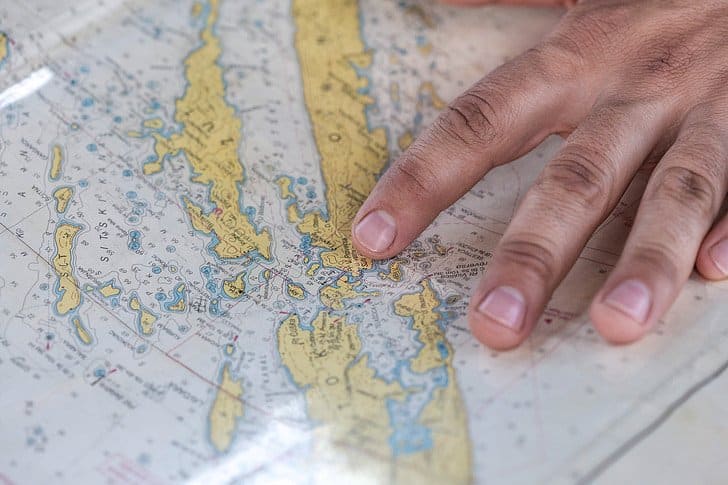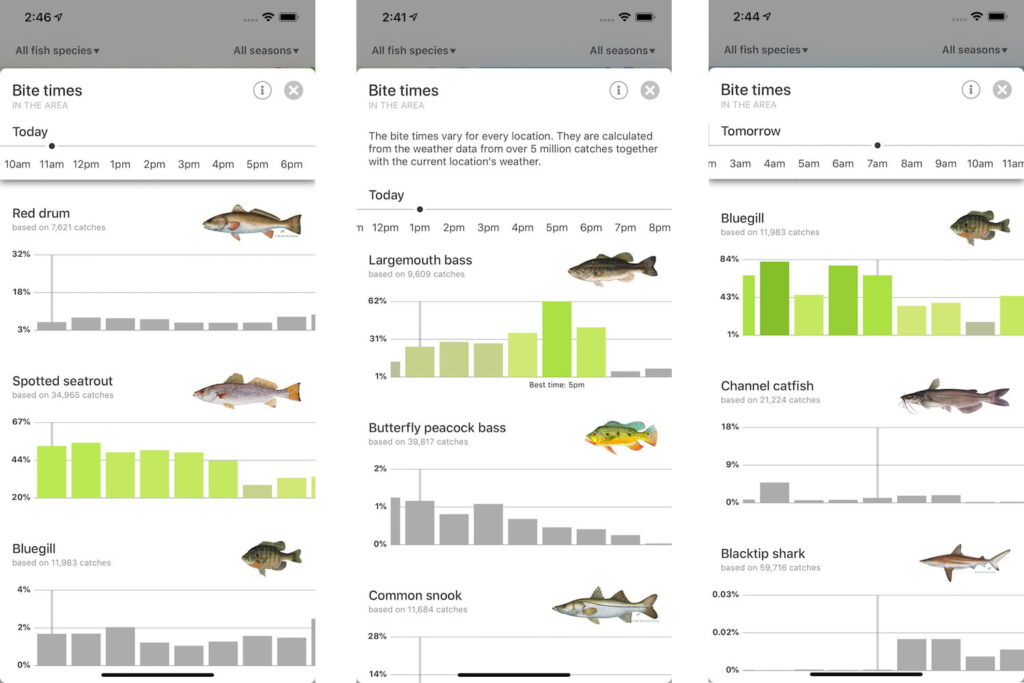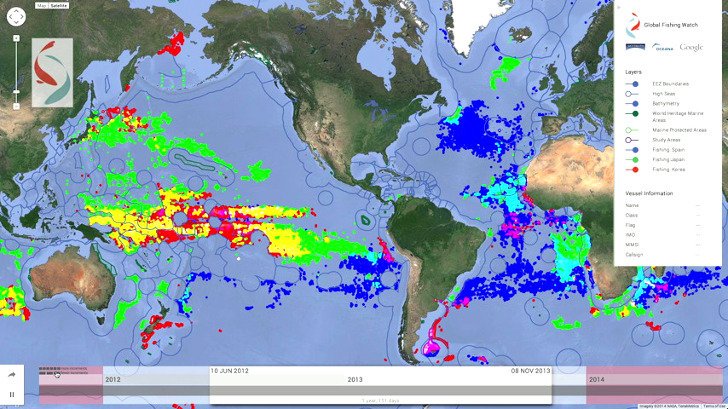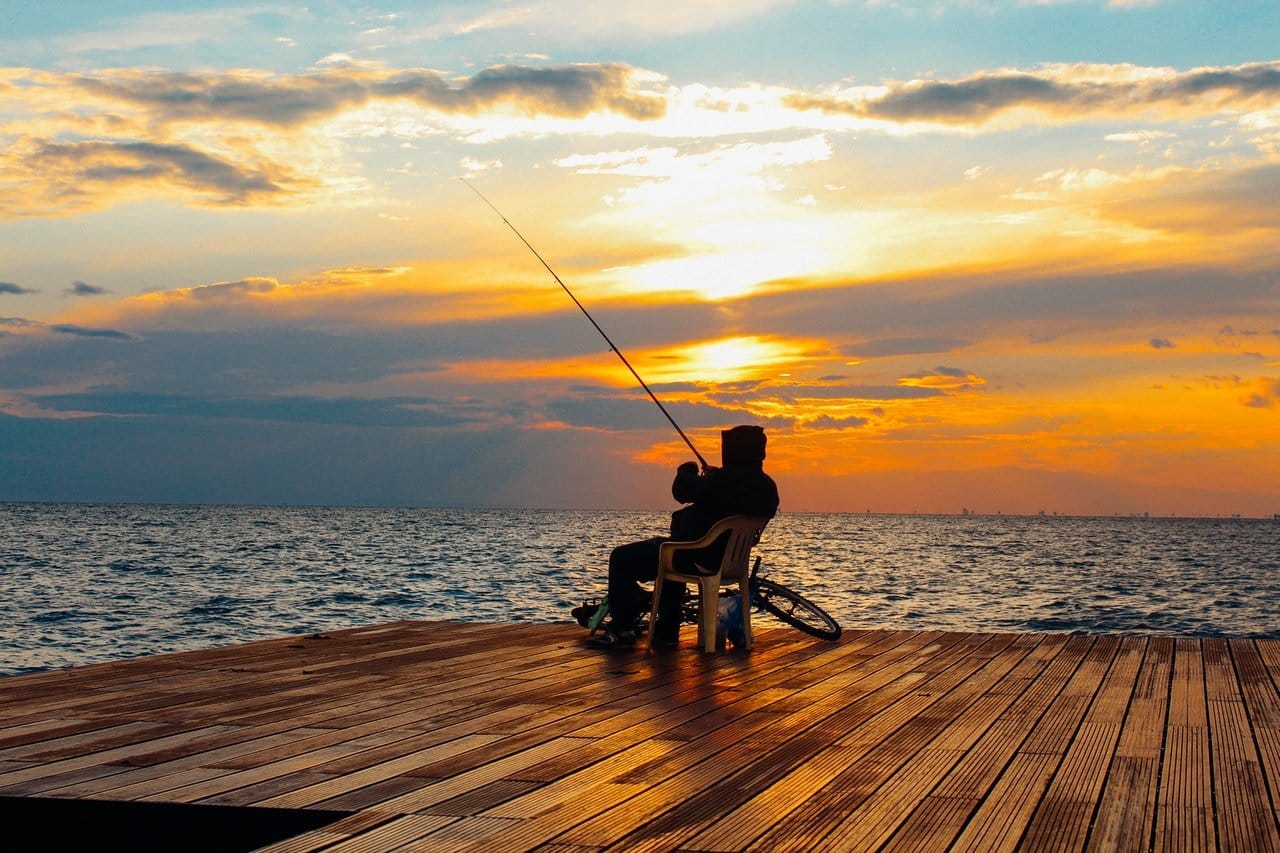Let’s face it, we would all love to be out on the water as often as we can. The more that you are out fishing, the more you will be in tune with what the current fishing conditions are. This is not always the case, however, and most of the time we have to rely on fishing reports and forecasts to predict how the conditions will be on our next fishing trip. A fishing report could be anything from an official report posted on the fish and wildlife’s website to a simple conversation with a fellow angler at the local tackle shop.
There is a lot of great information to be had in these fishing reports and forecasts, and many times they will tell you where exactly the fishing is the best at and what baits or lures are working the best. You can also use this information to read between the lines and pick out some great information in order to help you figure out what the conditions are and how to put this information to the best use! Here are a few tips to help figure out, supplement, and put to use fishing reports and forecasts.
Talk to Tackle Shops and Local Guides.
Both of these are excellent sources of information and will be the best source of firsthand knowledge that you can find in an area. Many times a shop or guide service will not willingly give up the best information, because then who would need their services? Instead, try to read between the lines of what they tell you and try to be as friendly as possible.
Buying gear from the shop and referring customers to the guides can go a very long way in helping you to get some of the best information about a fishing location that you can get. If you become a friend, they will be much more likely to pass on any information that they have to you. Likewise, do not be afraid of sharing information with them in exchange. If you share some information with them, they are much more likely to share some with you.

Look Online for Fishing Reports and Forecasts
But remember that everyone else has the same information as you do. Online fishing reports are great because they can be easily and quickly updated with the most recent information. On the flip side, everyone has access to these reports You can bet that any locations that are shared will have others that are chasing the hot spots as well. Don’t be afraid to look for “offline” fishing reports. Such as those at the local tackle shops and from friends, family, and coworkers. While you should always be careful of any information that you receive, firsthand reports are easily some of the best you can get. Most likely they will not be published online for everyone else to see. If you share any locations or tactics yourself, try to avoid posting it anywhere online in order to preserve your best fishing locations!

Find Fishing Report Patterns and Consistencies
Throughout the different reports that you receive. Let’s say you get a report from the tackle shop, a local guide, and online. Each one is a little different. Cross-reference them all and find any patterns that you can identify. Are they all indicating a certain type of area? Are they saying the same thing about the weather? What about the type of bait or lures that everyone suggested? Remember no fishing report is perfect. Gathering a few reports and finding the patterns can be the biggest key to getting the best information. Using all of the reports that you get, you can start to key in on why the fishing is good when it is and why it isn’t on other days.

Remember that Every Fish Species is Different.
Some fish, like saltwater species or those in large lakes, can and do move around quite a bit. When one area is hot, it does not always mean that it will stay hot. Fish can easily change location. It is not uncommon to get a report that the fishing is hot in an area one day, and the very next day it is not. Start looking at all of the local fishing reports from that area, as well as any neighboring areas. You can start to keep track of the fish’s patterns and movements. Think about the fish that you are after, and any breeding, feeding, or sheltering patterns that they might have. This will help you to hone in on the right areas to try next.

Not all Fishing Reports and Forecasts are Created Equal
Last but not least, try to remember that not all fishing reports and forecasts are created equal. Like we mentioned, conditions change very quickly. Fish can be in an area one day and gone the next. But the more fishing reports that you can find, the better off you will be. By applying each of these tips, you can quickly start to read between the lines of the reports and figuring out different patterns. By making note of these similarities, you can start to find the “next” hotspot so to speak. Instead of always being a little late to the best fishing action. You can use all of the reports and forecasts to find your own hotspot before anyone else does!

Final Thoughts
With today’s technology, there is more fishing information available than ever before. This is why it is very important to know what to look for and how to use this information in the right way. By remembering to recognize patterns and reading between the lines, you can separate the facts from fiction. This will allow you to find the best possible fishing before you even get to the water!







